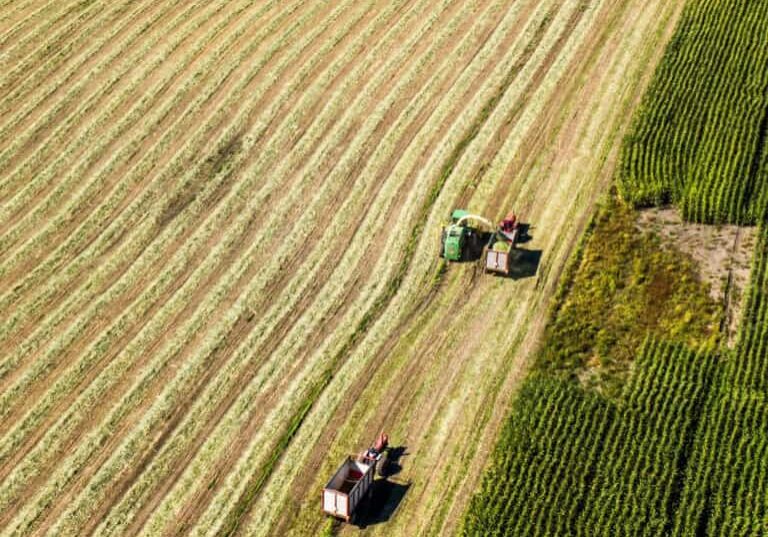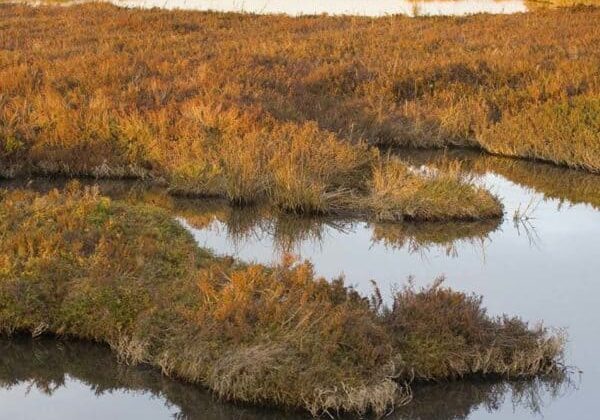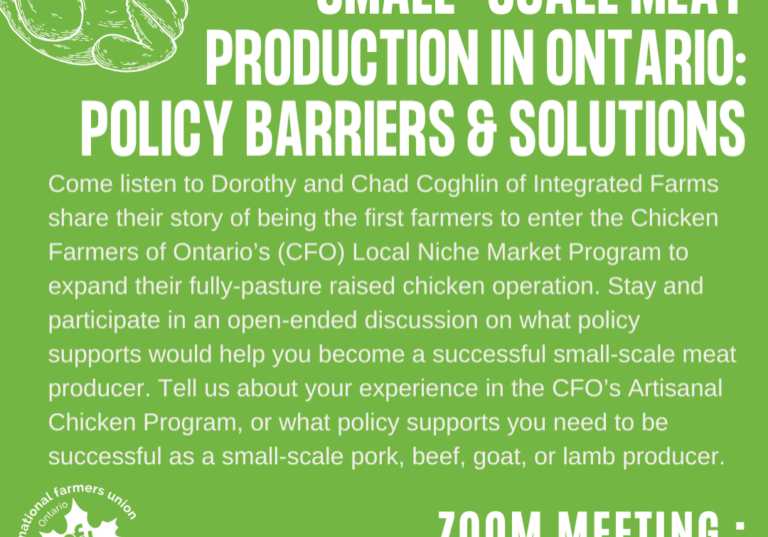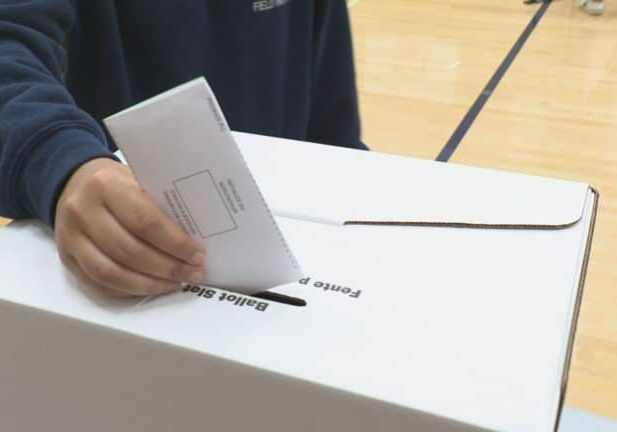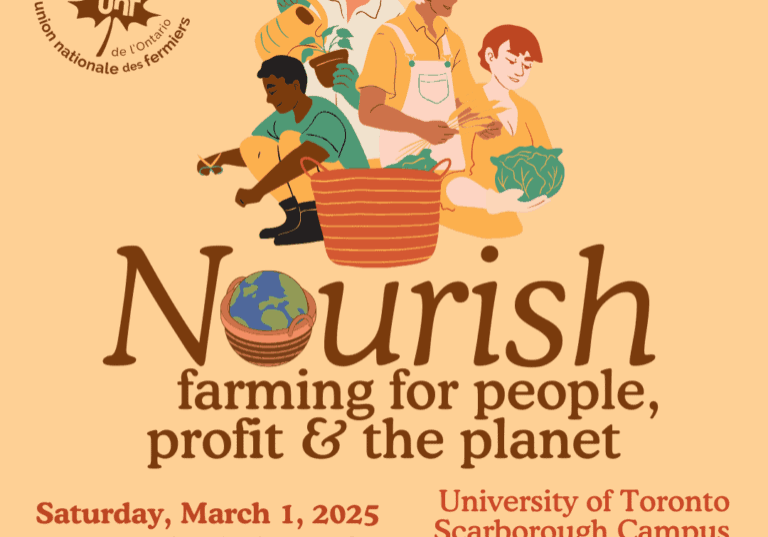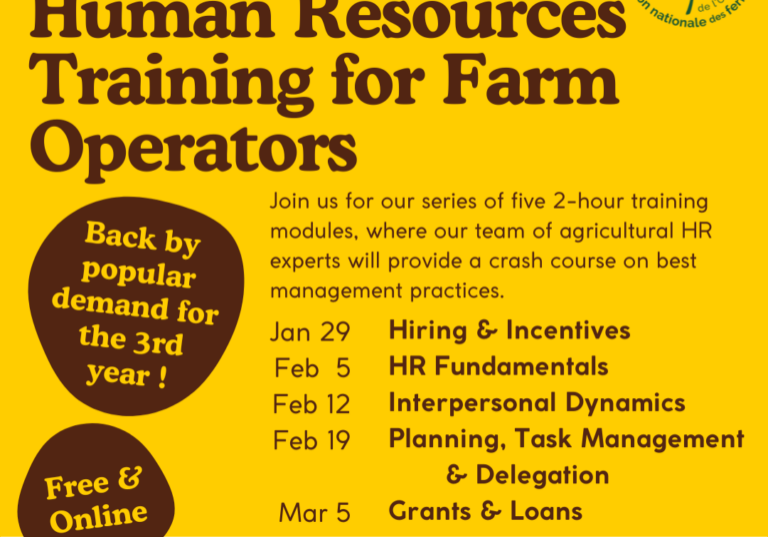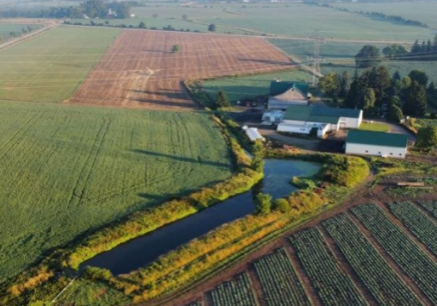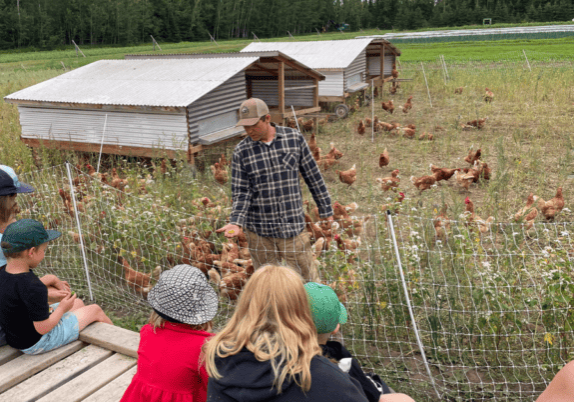Cultivating every acre….what’s the community cost?

National Farmers Union – Ontario Newsletter
The Rural Voice | July 2022
There is no doubt that poor driving conditions foster motor vehicle accidents. This is why we try not to contribute to poor driving conditions: whether it is keeping spent oil and trash off the road, or not pushing snow from our sidewalks and laneways onto the street.
Over the last few years, the board of NFU-O Local 344 Grey have lamented how farming practices are contributing to dangerous driving conditions. Not intentionally, as in the examples above, but as an unintended side effect of removing hedgerows and windbreaks along our roads. In the winter, snow is now increasingly drifting from fields onto these roads. Blowing snow and drifts have contributed to accidents throughout our region. Living with some hard winter driving conditions is part of living in the snow belt, but the severity of whiteouts and drifting depend on how we, the community, manage our landscape.
When I drive from Wiarton to Hanover on the county line, from Jackson to Hanover on Grey Rd 3, or along HWY 21 to Kincardine, I can consistently observe that where trees shelter the road in the dominant wind directions, road conditions are relatively good. Whenever the road is beside an open field, a permanent drift of snow limits visibility and creates treacherous conditions on the road. In the last decade, this has gotten worse in Grey County –once again, conditions begin to resemble those historic images of the 1920s when deforestation and desertification had devastated our landscape. These lead to vast tree planting programs and ultimately, after Hurricane Hazel, to the foundation of Ontario’s Conservation Authorities.
Last year NFU-O Local 344 contacted Grey County’s planning department, as well as private insurers inquiring about any data they might have correlating areas with no windbreaks or treelines and wintertime motor vehicle accidents. Everyone we contacted agreed that yes, poor winter road conditions and in particular snow drifts lead to accidents. We learned that data exists that could link winter accidents with road conditions, however this data is scattered across multiple government entities. The OPP, the county, the conservation authorities and transportation ministries all own a piece of that puzzle. What is needed is for a government entity to take responsibility to compile this data and determine the costs that avoidable snow drifts are creating for our community.
Today, programs exist that pay for living snow fences. These programs pay for tree planting or for leaving corn standing. Y et, these programs are effective only if they protect sufficient road to reduce overall risks. The Local 344 Grey board perceives that current programs are not succeeding to make our roads safer – there is far too little uptake. Something is not working.
There is a personal gain in income for the farmer who is able to expand their acreage, however, we feel that this benefit is likely outweighed by costs borne by the community as a whole— such as those for increased winter maintenance, property and personal injury and damage and potential lost winter tourism.
We feel that farmers and landowners have a responsibility to our community, just as our community has a responsibility to support our farmers. When windrows are removed and, as a result, the community suffers, then we don’t live up to this mutual responsibility. At the same time, farmers should receive adequate support for putting in windrows, or for leaving existing windrows intact. Maybe more importantly, farmers also need support to maintain and renew windrows year by year. In the present reality, this social contract between landowners and our community of road users is broken.
The NFU Grey board asks that our local government agencies (OPP, ministry of transportation, municipalities and county) gather the information needed to communicate the actual cost that preventable snow drifts on roads are creating for our community. We should also identify hotspots, where accidents happen most frequently.
Then, we need governments to create programs that work at scale and over the long term and actually improve driving conditions on roads. Policies should be designed in consultation with farmers, in order to ensure that they address the actual barriers that farmers face in protecting our road safety. Our community deserves policies that will outlast the next election cycle.
Once programs offer relevant support, we also need mechanisms that discourage non-compliance. With a few bad apples, the reputation of all farmers, and owners of farmland, suffers in our community. Landowners who refuse to contribute to reducing community costs and increasing community safety may be incentivized with higher insurance premiums, fees, or taxes. But sticks should be a last resort – I am certain that no farmer that I know would willingly foster car accidents. I am sure that farmers would want to play their role in a healthy community, based on solid information and appropriate support.
Thorsten Arnold is a farmer in Grey County and a member of the Local 344 (Grey) Board.
Click here to view the PDF version.
A subscription to The Rural Voice is one of the benefits of being an NFU-O member
